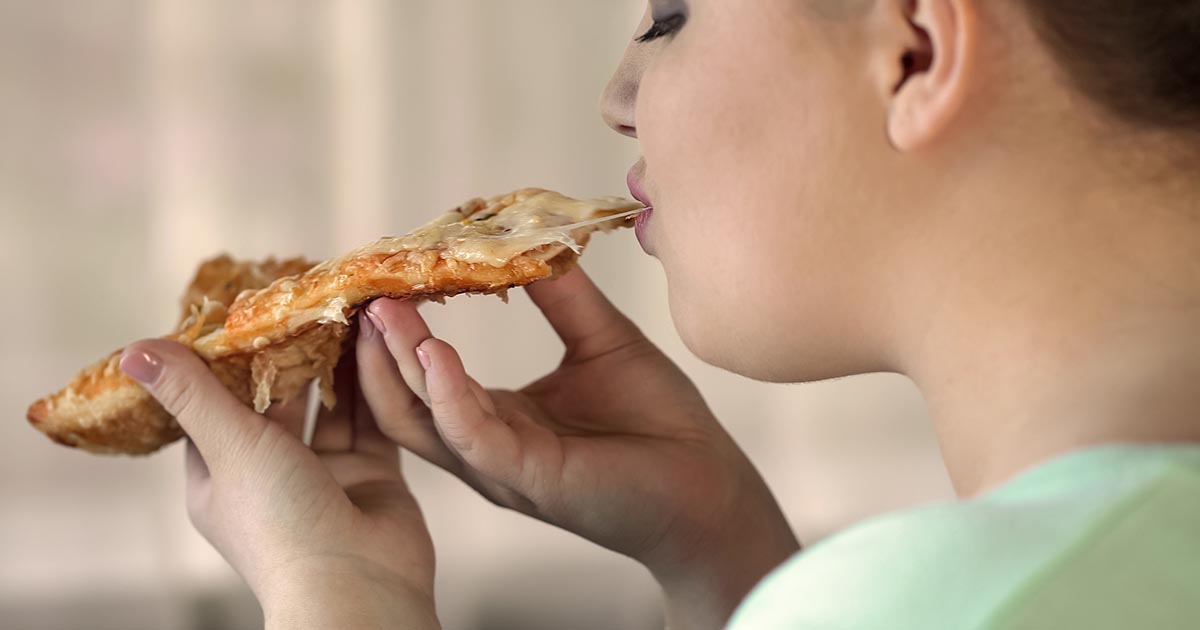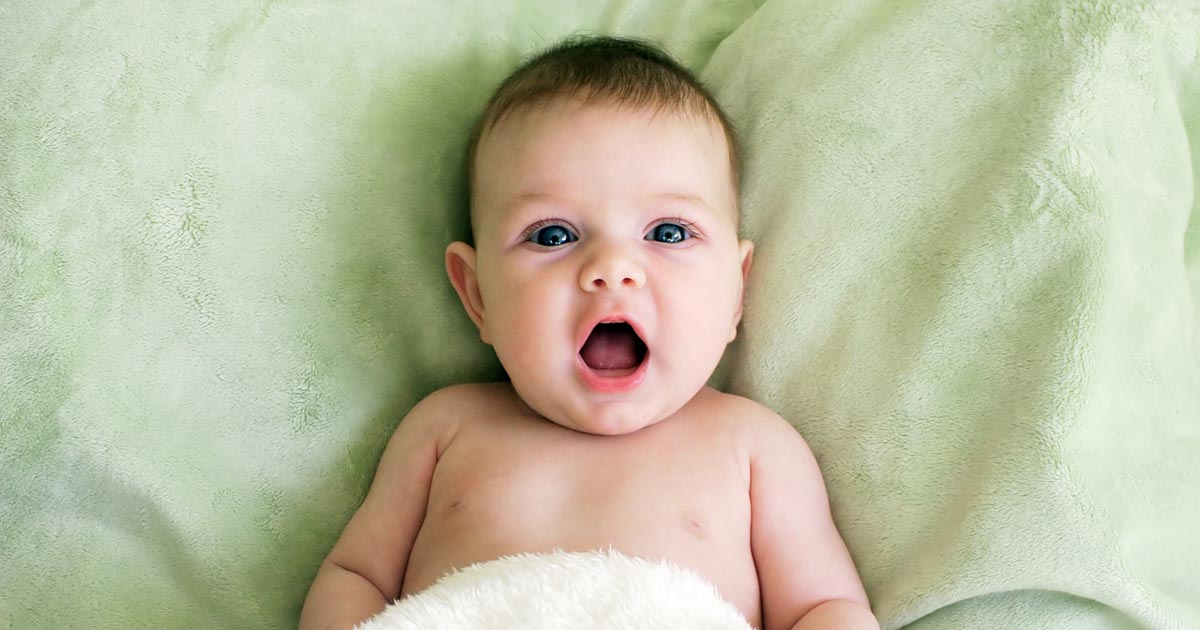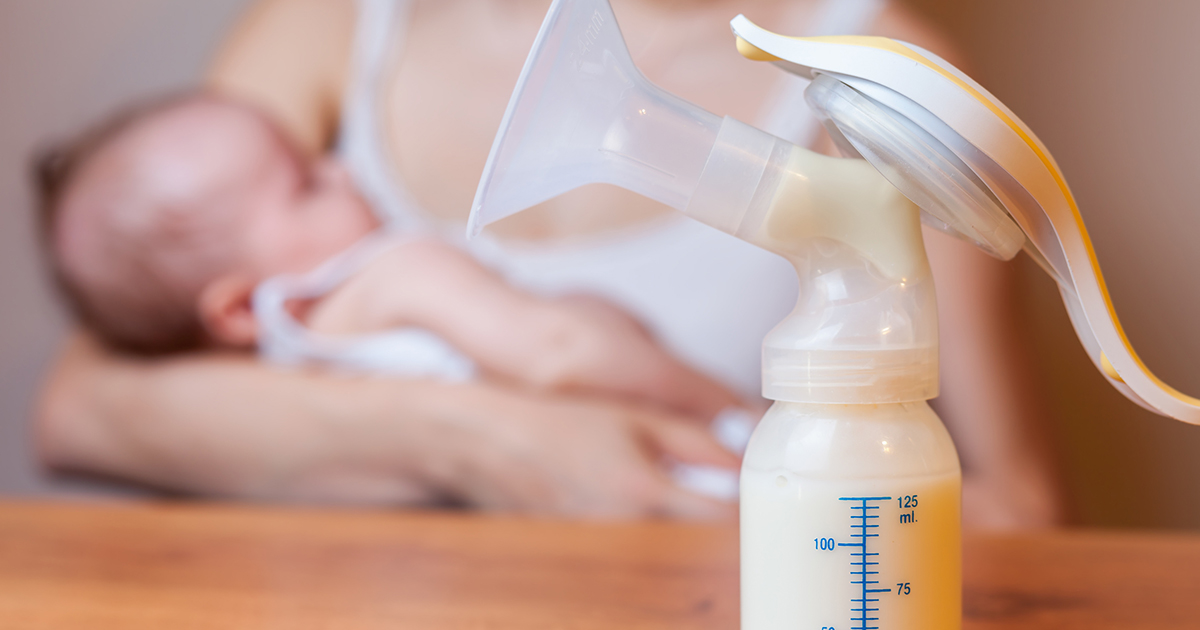Causes Of Mastitis
Mastitis is a painful inflammation of the breasts, and an infection often accompanies it. It almost exclusively affects breastfeeding women, but it is also possible for women who have recently weaned their babies to experience this condition as well. Occasionally, women who are going through menopause may also be affected by mastitis. Because this is an infection, it's important to get treatment as soon as possible to prevent it from worsening. The most common indicators of mastitis are symptoms such as breast swelling, pain and tenderness, fatigue, fever, chills and an uncomfortable burning sensation when breastfeeding. Other signs of a breast infection include a sudden appearance of breast lumps, unusual redness, warm skin, and general malaise.
Several things can lead to mastitis, so it's important to know what they are to minimize the risk of contracting it.
Poor Nutrition

While poor nutrition may not actively cause breast infection, it plays a big role in determining risk levels. It's vital for breastfeeding mothers to maintain a healthy, well-balanced diet to properly nourish their babies, but it's also important for keeping the mother as healthy as possible.
Conditions like dehydration and low iron can increase the risk of developing a breast infection, and diets heavy in sugars, caffeine, processed foods, and fats also make mastitis more likely. Most doctors recommend new mothers maintain a balanced diet including iron-rich foods and a variety of vitamins and minerals. Drinking up to ten glasses of water per day can also be helpful.
keep reading to reveal more causes of mastitis now.
Tight Fitting Clothes And Pressure

Avoiding any tight-fitting clothing may be difficult, especially for mothers who must return to the workforce. However, constricting lactating breasts with tight bras, handbag straps, and seat belts can be aggravating to the engorged tissue. Tight fitting clothes and pressure on the breasts will not automatically cause mastitis, but the more frequently the breasts are restricted or placed under pressure, the more likely it is that infection will occur.
Lactation experts recommend women avoid bras with underwires or pushup designs because these can dig into the breast tissue and block milk flow. It can also be helpful for women to not wear a bra when at home and while sleeping. Mothers who need the support of a bra should look for nursing bras that are comfortable and able to be adjusted to accommodate changes in breast size throughout the day.
Learn more about the various causes of mastitis now.
History Of Mastitis

For some women, a history of mastitis, either in family members or themselves, is the biggest risk factor for experiencing problems with breast infection in the future. A chronic breast infection is not usually a result of pregnancy, which means women in any stage of life can be susceptible to it.
If you have a history of breast infection, it is usually a good idea to tell a doctor as early as possible so they can help minimize the chances of recurring infections. Recurring mastitis happens most often in women who are obese or smokers, but those with compromised immune systems are also at a much higher risk of developing recurring infections.
Keep reading to reveal more causes of mastitis now.
Blocked Milk Ducts

One of the most common reasons women develop a breast infection is because of the incomplete drainage of the breast during feeding. This, alongside blocked milk ducts, creates the perfect environment for an infection to take hold. When milk becomes trapped in a duct, it will cause pain and swelling.
There are many reasons milk can become trapped in a duct. Most frequently, the cause is an improper latch during feeding or using a breast pump that isn't powerful enough. In both cases, there is not enough suction to completely drain the breast, leading to infection. Other factors that can contribute to this issue are high levels of stress, illness in the mother, and compression of one or more ducts due to pressure on the breast. The best way to treat this is frequent nursing or pumping and firm, regular massage with warm compresses.
Keep reading to understand more causes of mastitis now.
Bacteria

Bacteria live on every surface imaginable, including your skin and the inside of your baby's mouth. In most cases, this isn't a problem. However, whenever there is an overgrowth of certain microbes, an infection can occur. Typically, this happens when the microorganisms from the baby's mouth are able to make their way into the nipple because of small cracks or fissures in the skin. Cracked and sore nipples are often more prone to this type of infection, and women who are nursing babies with mouth abnormalities of some sort are often at higher risk as well. This includes babies with cleft lip, cleft palate or a short frenulum who are unable to latch onto the breast normally.
Bacterial infections should be treated as soon as possible to avoid the spread of infection or the development of an abscess.